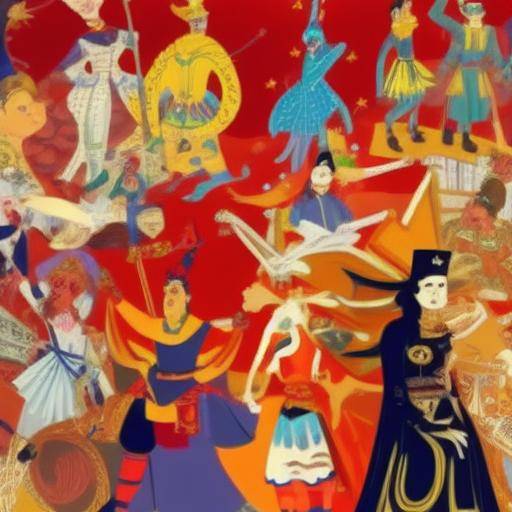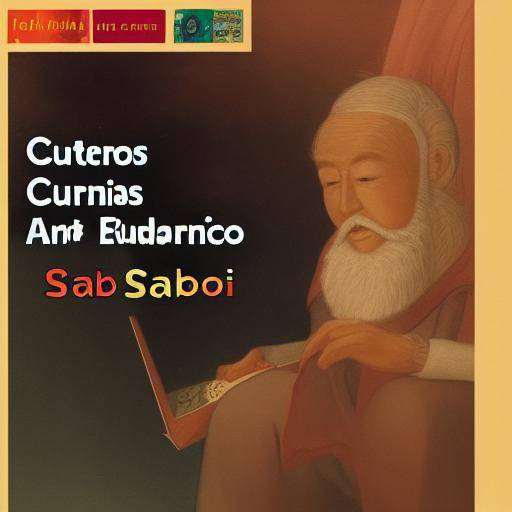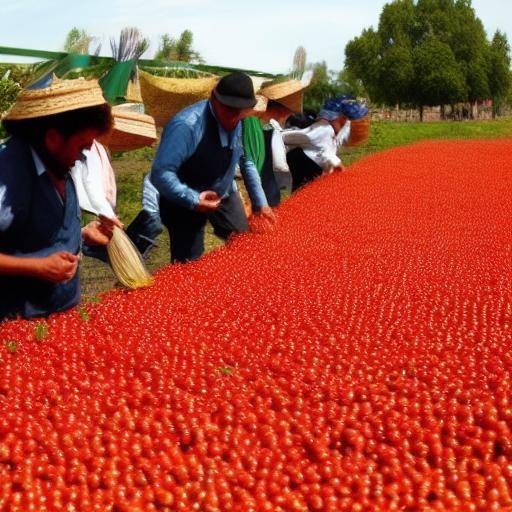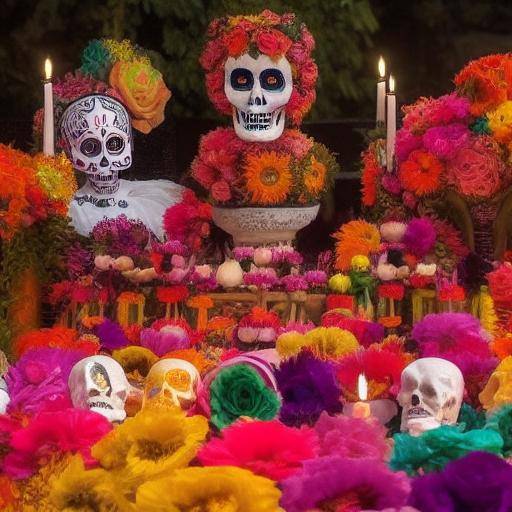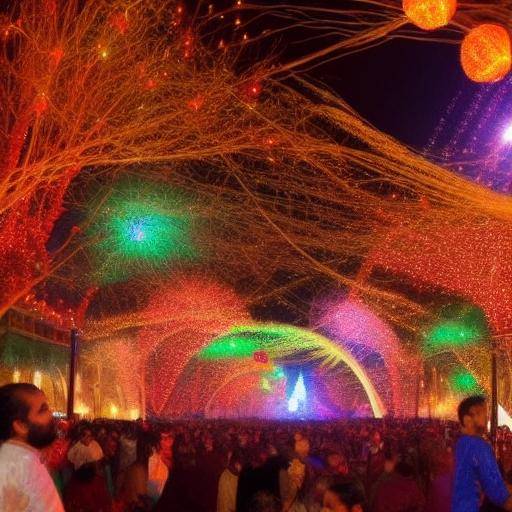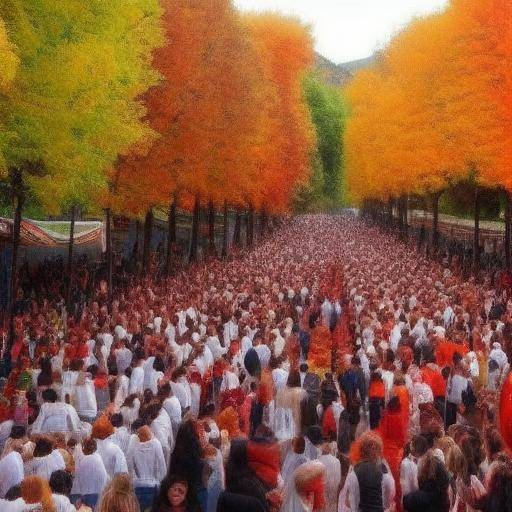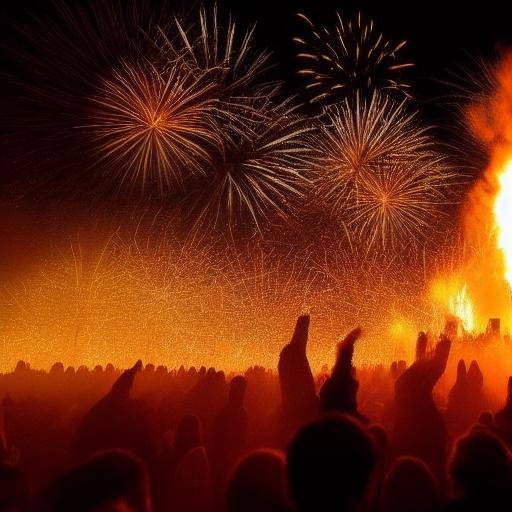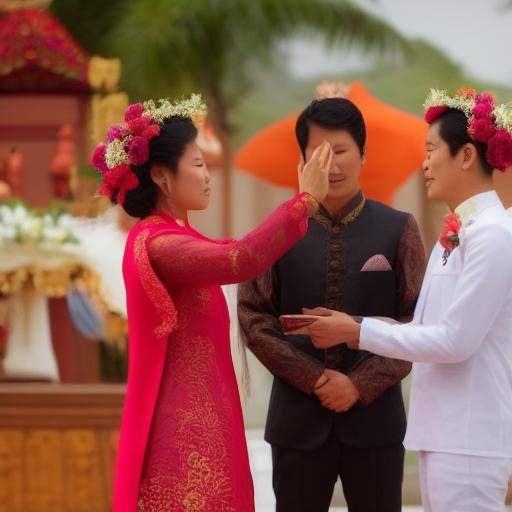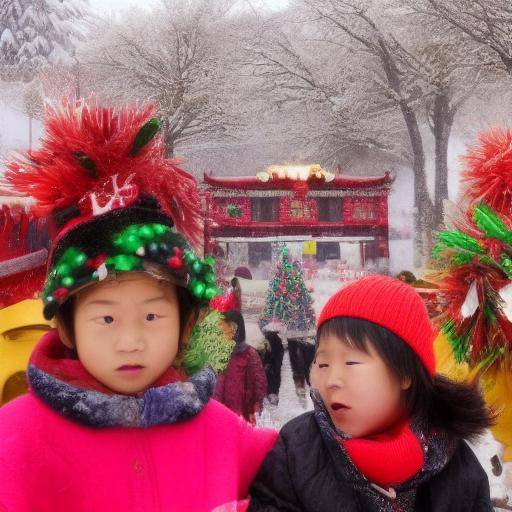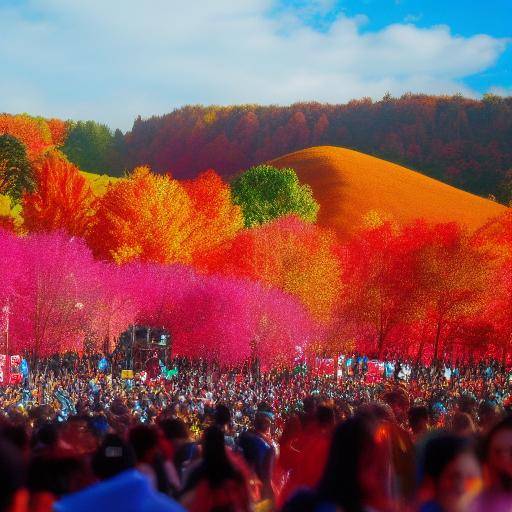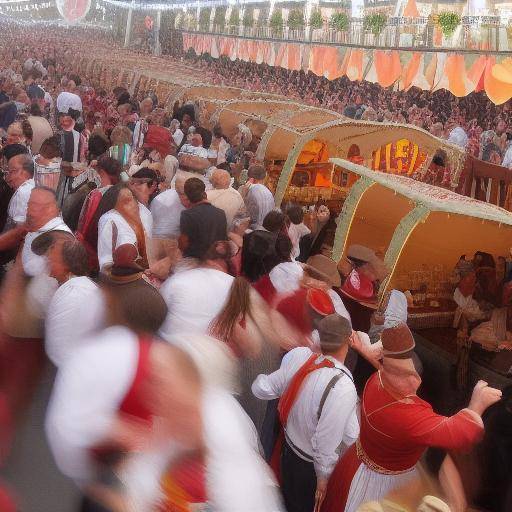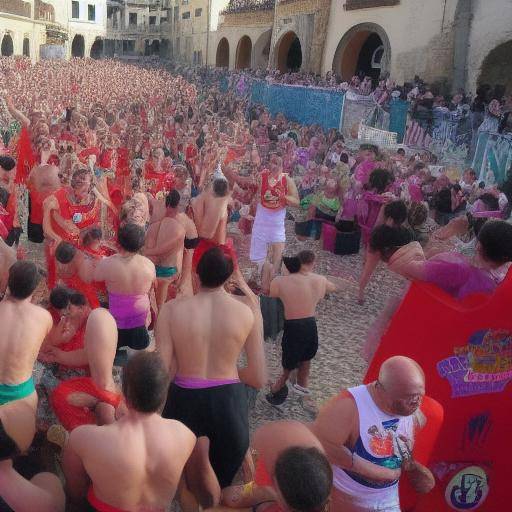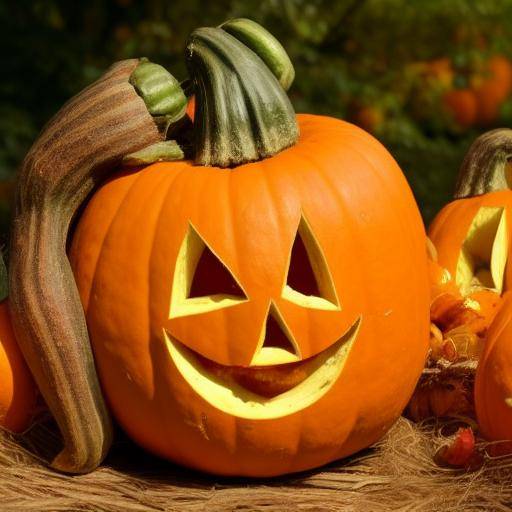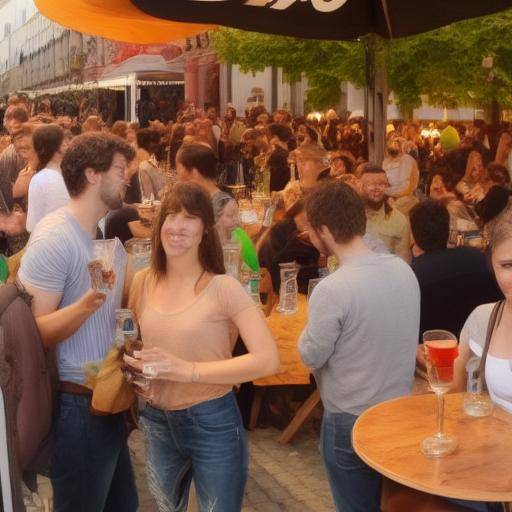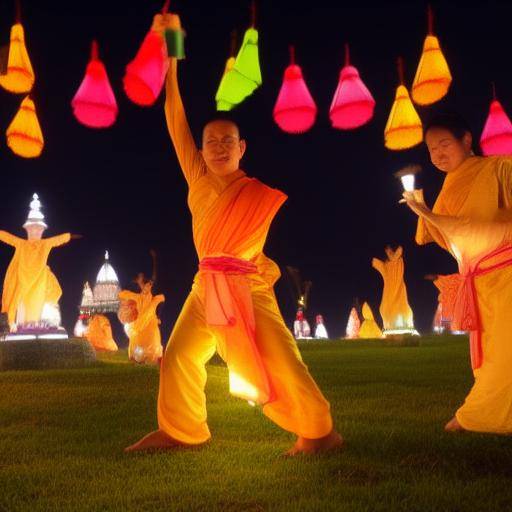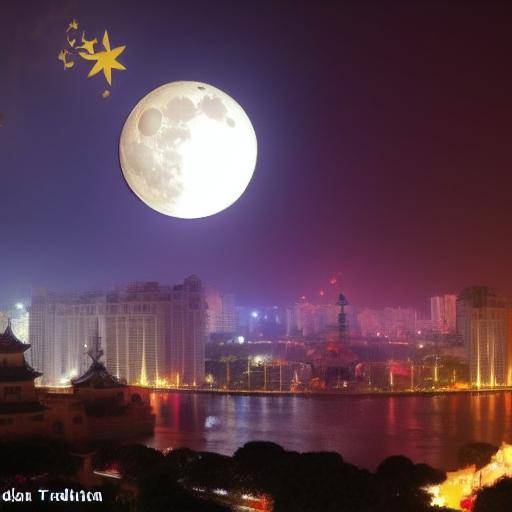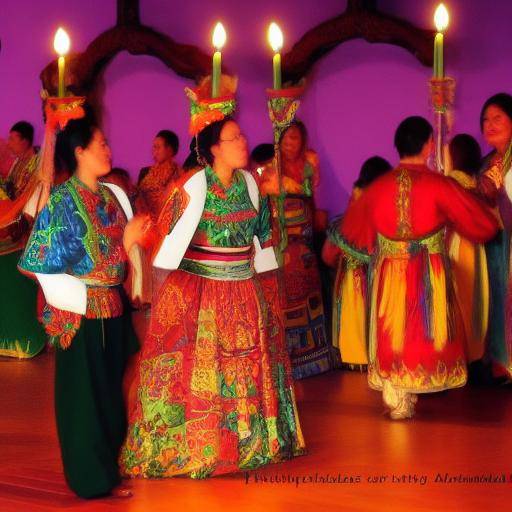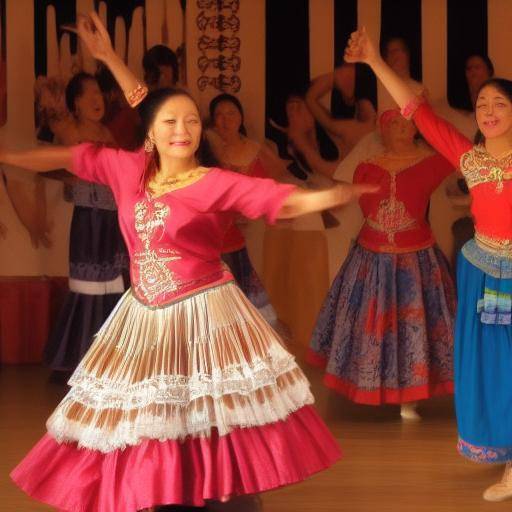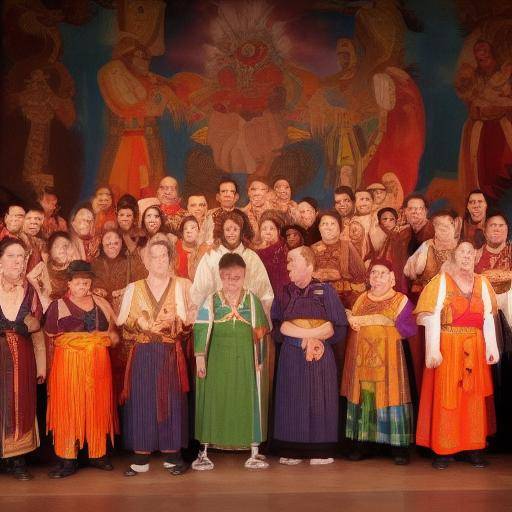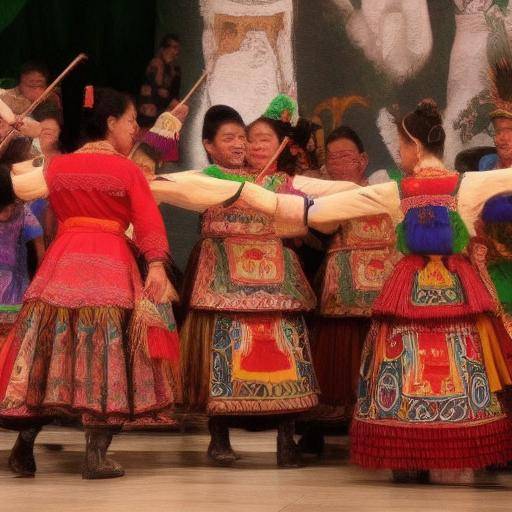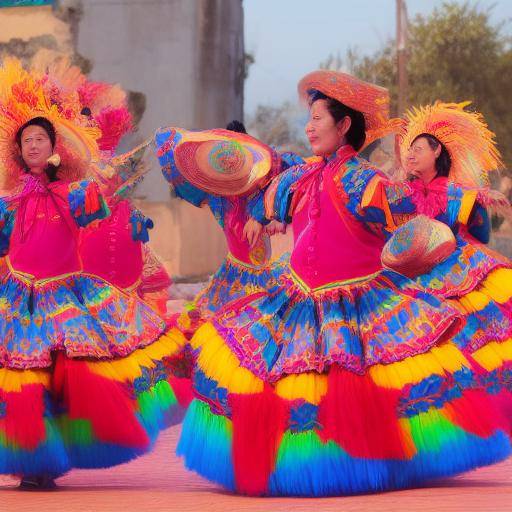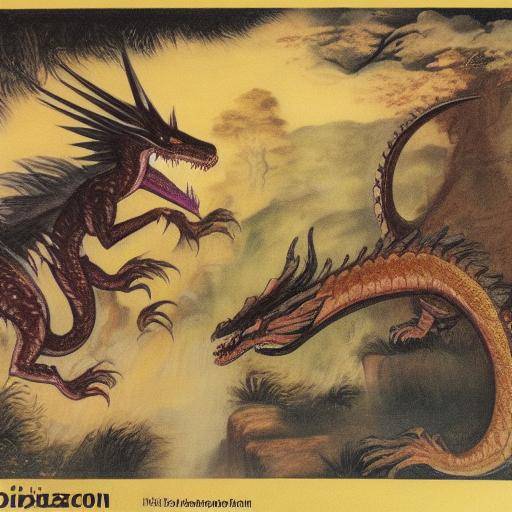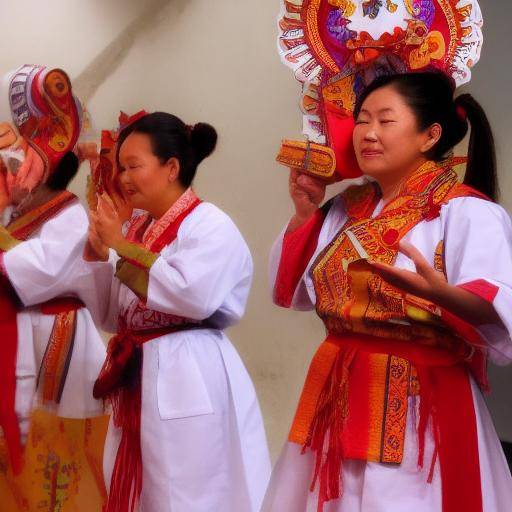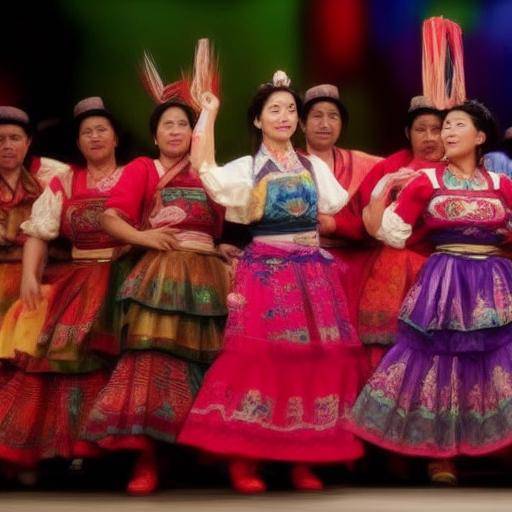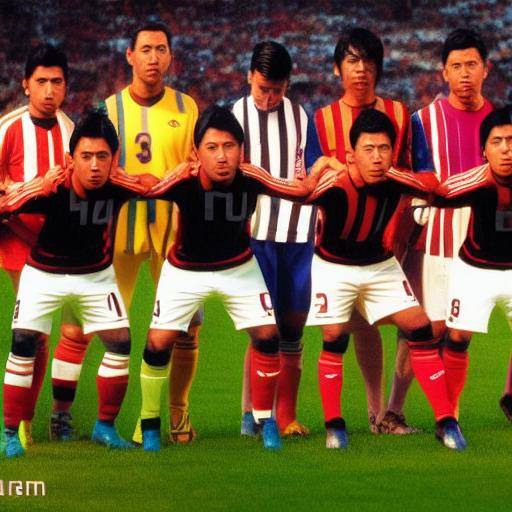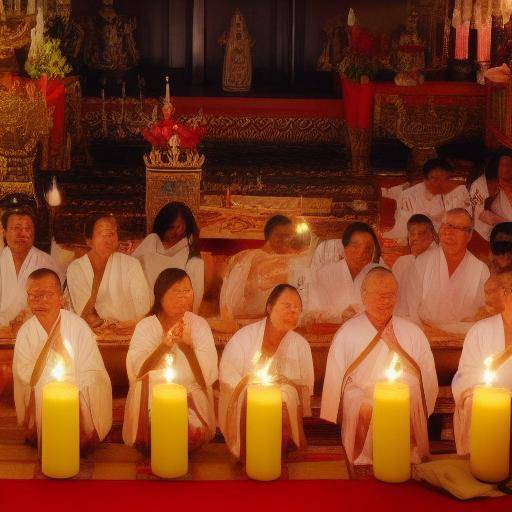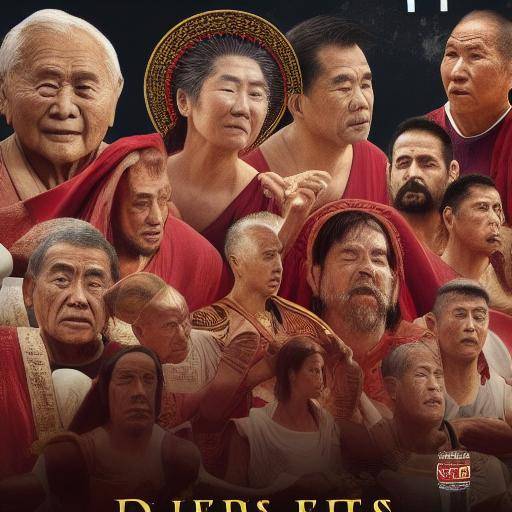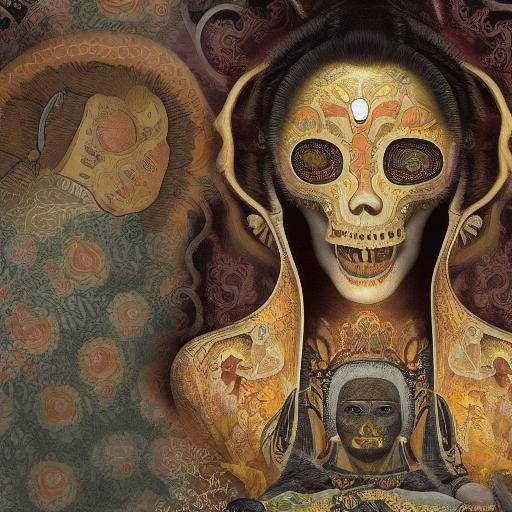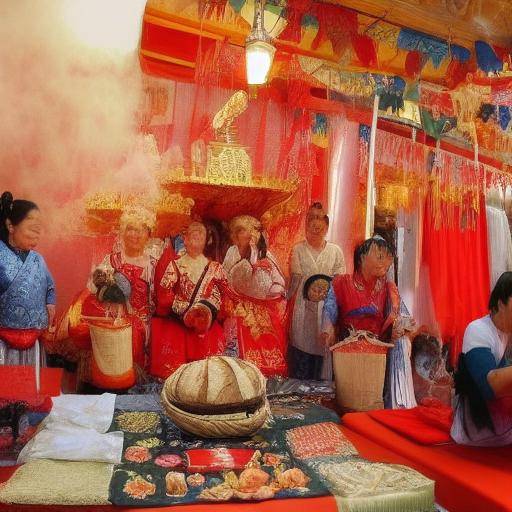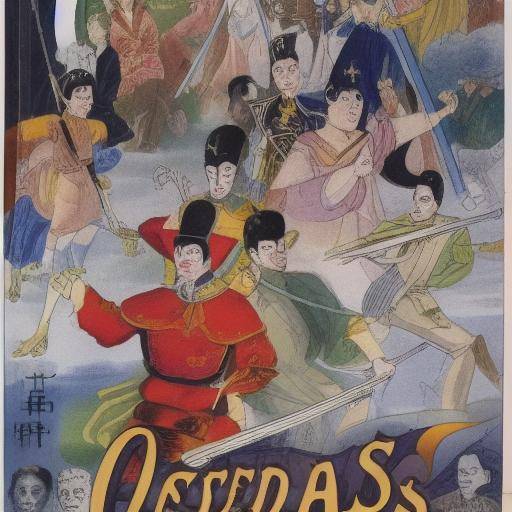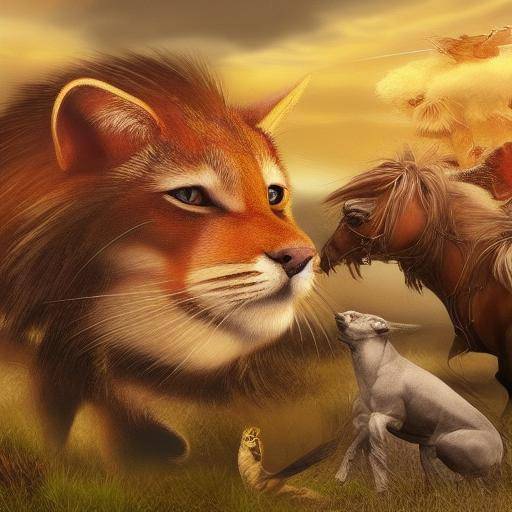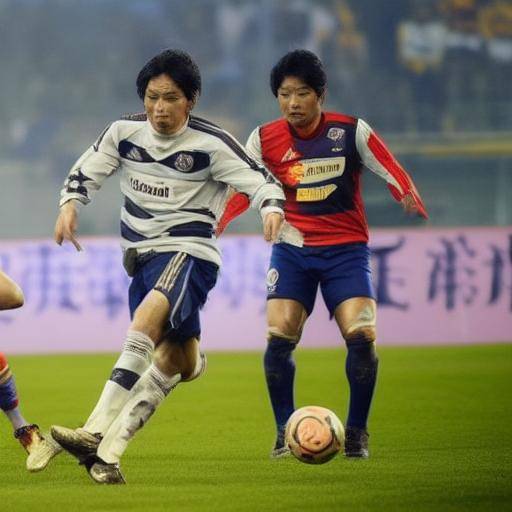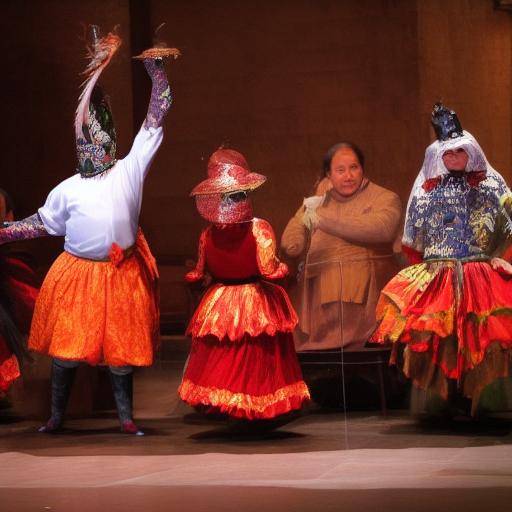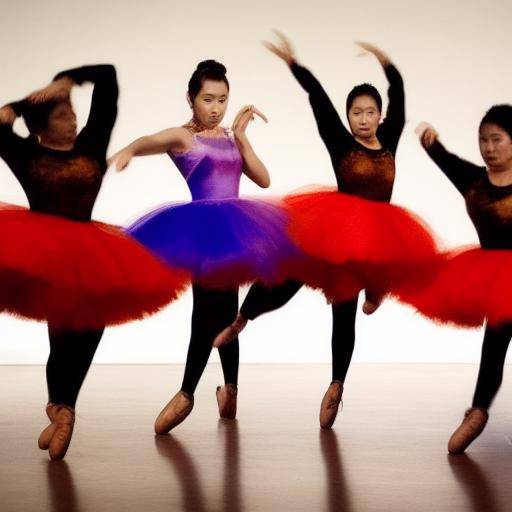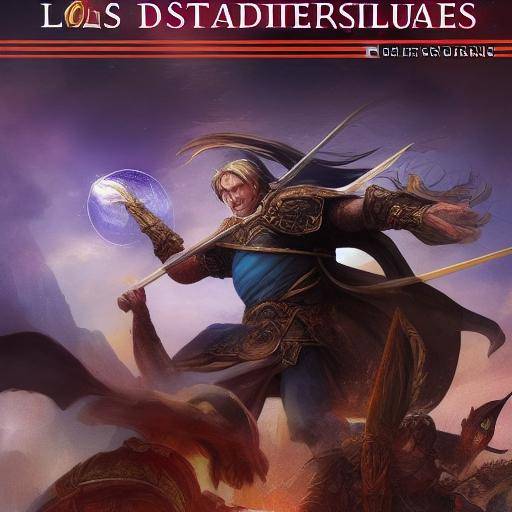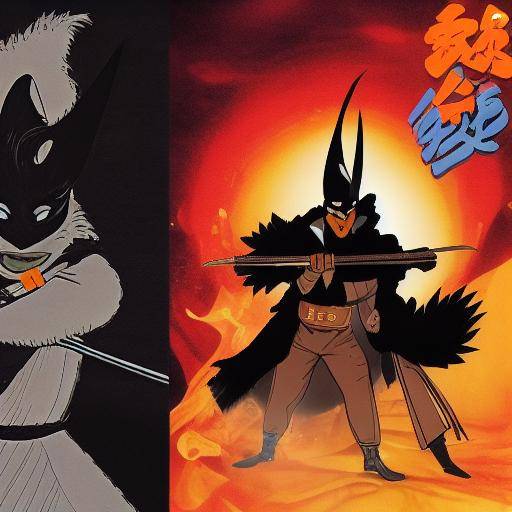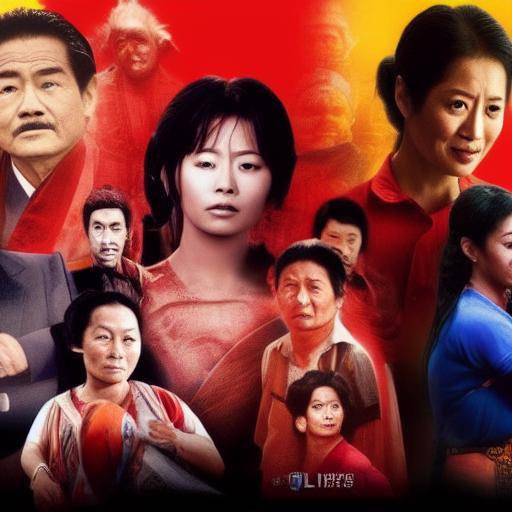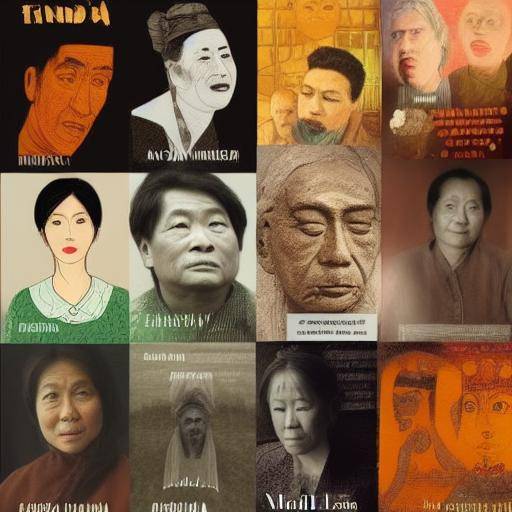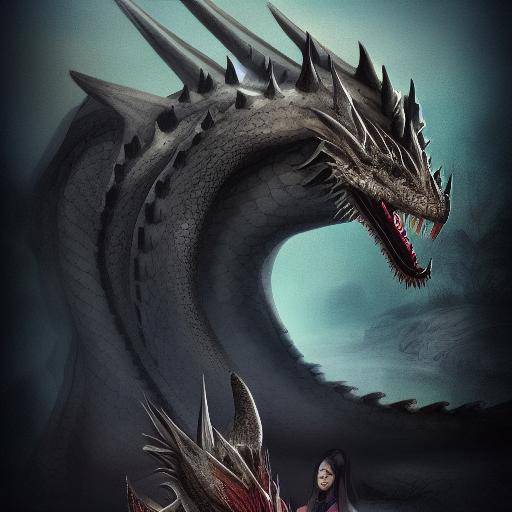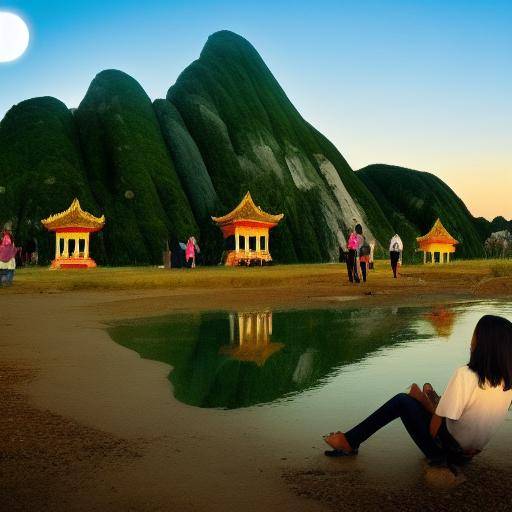
Introduction
Imagine landscapes illuminated by lanterns, delicious culinary tastings and families gathered to celebrate the arrival of autumn. In Asia, this season is marked by the Moon Festival, a traditional celebration that unites communities in an atmosphere of joy and gratitude. In this article, we will explore the historical meaning, contemporary practices and different manifestations of the Moon Festival in Asia. In addition, we will discover the cultural wealth of autumn festivals in the region, as well as its relevance in a global context.
Festival de la Luna: Origen y Evolution Cultural
In the millennial history of Asia, the Moon Festival has played a central role in the celebration of harvest and appreciation for the family. It goes back to ancient times, when the agricultural communities honored their ancestors and performed rituals to thank the gods for the abundance of crops.
During the Tang dynasty in China, in the 8th century, the festival reached its fullness with the popularization of family meetings, the elaborate decorations with lanterns and the veneration of the moon goddess, Chang'e. Throughout the centuries, various cultural influences in Asia, such as Buddhism, Taoism and Confucianism, have provided distinctive nuances to the celebrations of the Moon Festival, enriching its symbolism and spiritual significance for communities.
Fiesta de Traditions y Celebraciones Actuales
The observance of the Moon Festival varies between Asian regions and countries. In China, for example, parades with colorful dragons and lions, as well as the famous moon pies, symbols of unity and good fortune, stand out. In Vietnam, the festivities are known as "Tκt Trung Thu" and are concentrated in childhood joy with parades of lanterns and theatrical shows. On the other hand, in Korea, the "Chuseok" commemorates the cult of ancestors with rituals and the preparation of special ritual dishes.
The essence of these autumnal celebrations lies in the spirit of family unity, thanks for nature and reflection on harmony with the universe. Beyond its rich tradition, the Moon Festival has evolved to incorporate contemporary artistic expressions, such as outdoor concerts, art exhibitions and dance events, attracting a diverse audience and fostering cultural exchange.
Autumn Festivals in Asia: Diversity and Meaning
The Moon Festival is just a facet of the rich tradition of autumn festivals in Asia. These celebrations cover a wide range of cultural practices that reflect ethnic diversity and the history of the region. From the "Mid-Autumn Festival" in Singapore to the "Tsukimi" in Japan, each country brings its uniqueness to this season.
In Japan, the feast of Tsukimi focuses on the contemplation of the full moon and the appreciation of nature. People gather to enjoy the lunar beauty and taste delicious traditional dishes, such as the dango (rice bowls). In contrast, Japan's "Choyo no Sekku" celebrates the fall-to-winter with the display of chrysanthemums, symbol of longevity and splendor.
On the other hand, in Korea, the "Chuseok" stands out for the family gathering and ancestral rituals, where the memory of the ancestors is honored and is appreciated for the harvests. In addition, recreational activities such as ganggangsullae dance are carried out, which symbolizes union and community prosperity.
Final Reflections: Meaning and News
The Festival of the Moon and the Fall Festivals in Asia reveal a cultural heritage rooted in spirituality, gratitude and community union. These celebrations continue to evolve, adapting to changing social and technological dynamics, and transcending borders to resonate around the world.
The traditions of the Festival of the Moon and autumn festivals in Asia are a living testimony of the human connection with nature and the cosmos, as well as a reminder of the importance of harmony and mutual respect. Beyond their aesthetic and gastronomic beauty, these holidays contain universal values that inspire people to appreciate life, family and community.
Discover the magic of the Festival of the Moon and the Autumn Festivals in Asia! Be immersed in its fascinating traditions, enjoy its culinary delights and join the celebration of harmony and gratitude. Connect with Asia's cultural wealth and be enticed by the poetry of its autumnal celebrations.
Frequently asked questions
What is the origin of the Moon Festival in Asia?
The Moon Festival has its roots in the ancient celebrations of the harvest, where communities thanked the gods for the abundance of crops. Over time, this festival has been enriched with cultural and religious influences, such as Buddhism, Taoism and Confucianism, acquiring a broader symbolism.
What do the lanterns mean at the Moon Festival?
The lanterns are a central element in the celebrations of the Moon Festival, as they symbolize spiritual enlightenment and hope. In addition, flashy flashes contribute to creating a festive and magical atmosphere during night activities.
What are the typical dishes of the Moon Festival?
Moon cakes are the culinary protagonists of the Moon Festival. These delicate round cakes filled with different delicacies, such as red bean paste, walnut or lotus, are a delicacy that represents union and family harmony.
How is the Moon Festival celebrated in different countries of Asia?
The Moon Festival is held in various ways in Asia. In China, parades with dragons and lions stand out, along with the tradition of giving away moon pies. In Vietnam, festivities include flash parades and theatre shows. For its part, in Korea, the family gathering and ancestral rituals are emphasized.
Why is the Moon Festival important for Asian communities?
The Moon Festival is fundamental to Asian communities, as it strengthens family ties, promotes gratitude for nature and promotes spiritual reflection. It also represents an opportunity to preserve and transmit cultural traditions to future generations.
What symbolizes the moon in the autumnal feasts of Asia?
The moon is a symbol of fullness, beauty and mysticism in the autumnal festivities of Asia. It represents family unity, harmony with nature and the search for spiritual enlightenment, values that transcend cultural differences and connect people.
We hope these answers have enriched your understanding of the Moon Festival and the Autumn Festivals in Asia! If you have more questions, do not hesitate to explore more about these fascinating celebrations.
With this, we concluded a deep look at the charm of the Moon Festival and the autumn festivals in Asia. May this exploration have conveyed to you the beauty and importance of these celebrations, as well as their ability to unite people in a spirit of gratitude and harmony.
For more information on Asian festivals, we invite you to continue exploring our library of articles. Find out more about Asia's cultural richness and festive traditions and be inspired by the diversity and profound meaning that these festivities enclose.
We hope that the spirit of the Moon Festival and the autumn festivals in Asia can illuminate your heart and enrich your appreciation for the cultural wonders of the world.
See you soon and let the moonlight guide your steps!
Remember that the beauty and magic of these traditions lie in their ability to unite people in a spirit of gratitude and harmony.

